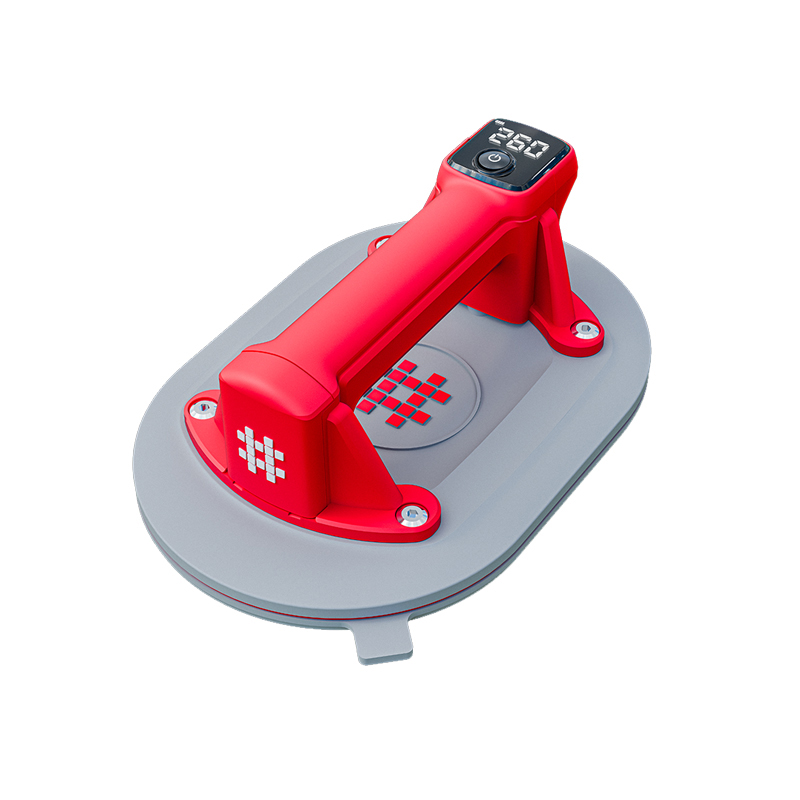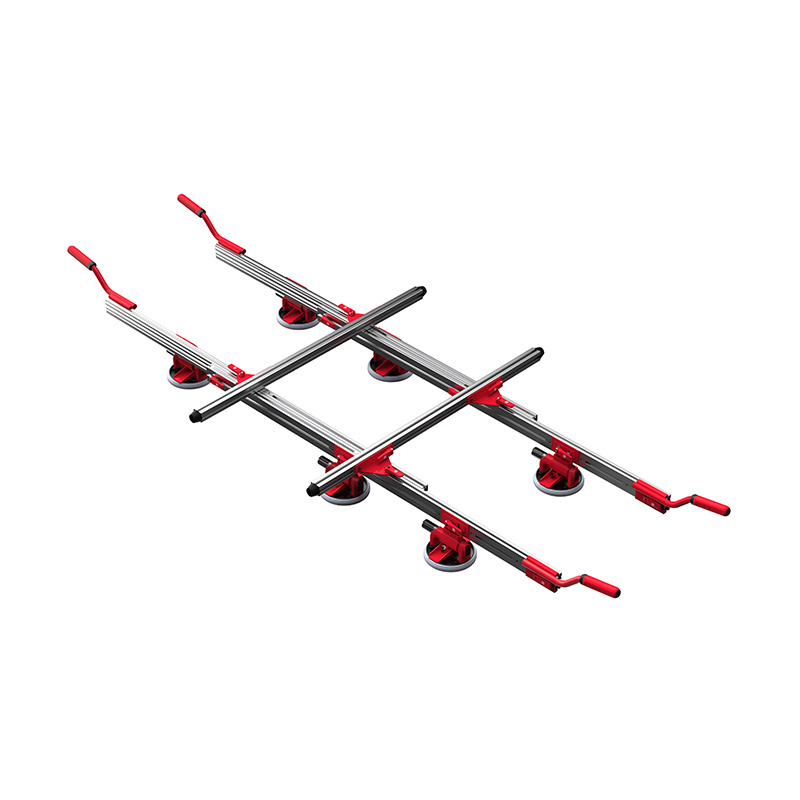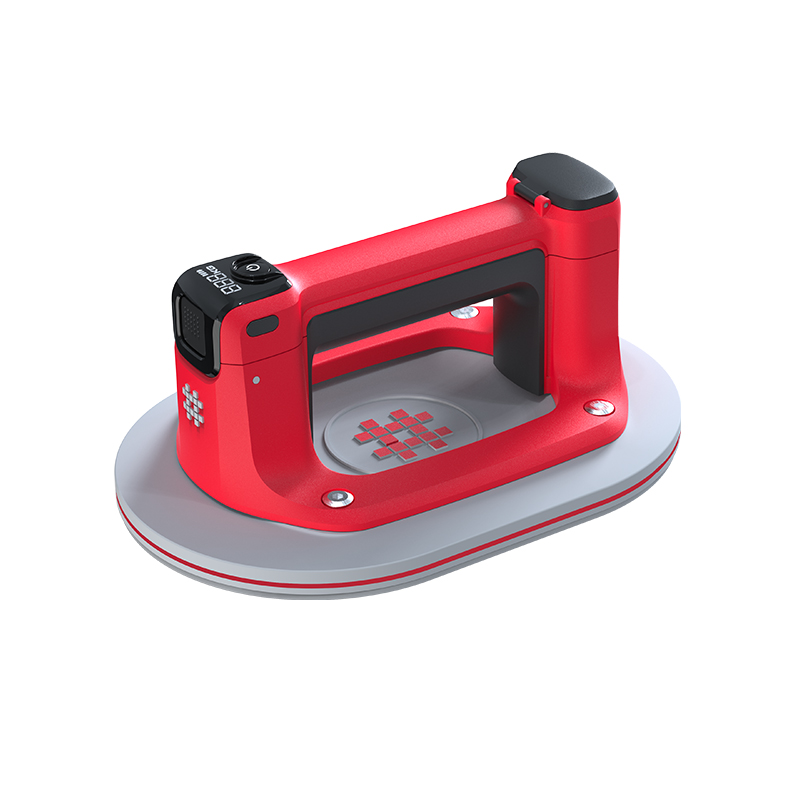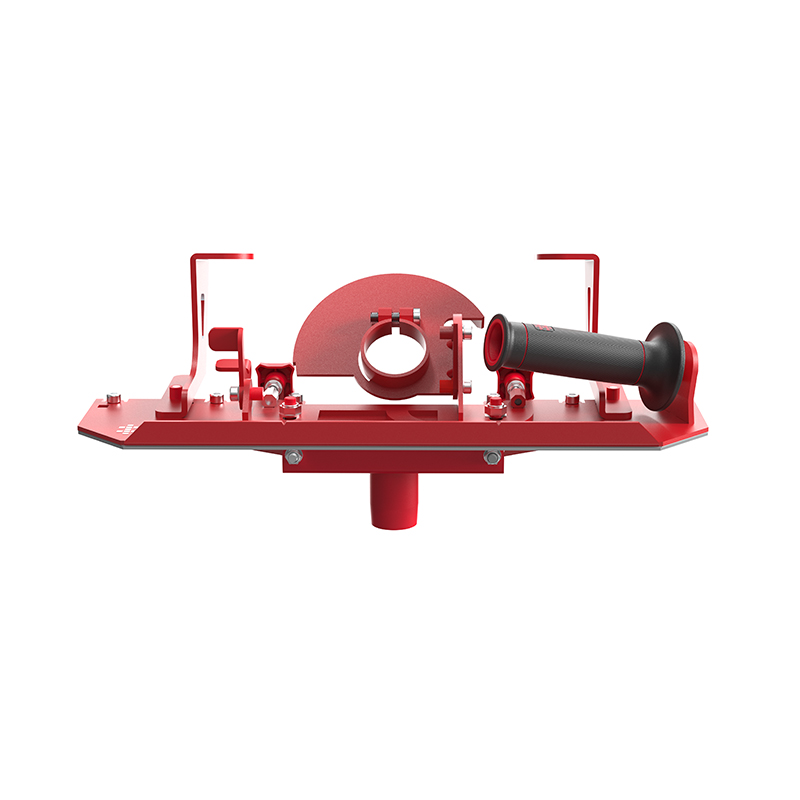You can learn the recent information of Shijing.
.jpg)
When it comes to construction, engineering, or DIY projects, accurate measurements are essential for ensuring that everything fits together properly. To achieve this accuracy, many professionals and hobbyists rely on measuring tools such as leveling tape and laser levels.
Leveling tape, also known as measuring tape, is a flexible tape that is used to measure distances and heights. It is a simple tool that is easy to use, making it a popular choice for both professionals and amateurs alike.
The tape itself is usually made of a sturdy material such as steel or fiberglass, with markings that indicate measurements in feet, inches, or meters. The tape is pulled out and then held against the surface being measured, with the user reading the measurement of the markings on the tape.
One of the advantages of leveling tape is that it is relatively inexpensive and can be used in a wide variety of situations. It is also portable and does not require any additional equipment or power sources to function.
However, leveling tape does have some limitations. It can be difficult to get accurate measurements when working alone, as the tape may sag or bend when held at a distance. Additionally, measuring long distances with leveling tape can be time-consuming and cumbersome.
A laser level is a more advanced measuring tool that uses lasers to project a level line or dot onto a surface. It is a popular choice for professionals who require precise measurements, such as architects, surveyors, and builders.
A laser level typically consists of a leveling base, a laser module, and a power source. The leveling base is used to ensure that the laser is projecting a level line or dot, while the laser module emits the laser beam. The power source can be batteries or an electrical outlet, depending on the model.
One of the advantages of a laser level is that it can project a level line or dot over long distances with great accuracy. This makes it ideal for large-scale projects or outdoor work where measuring tape would not be practical. It also allows for quick and easy measurements, as the laser line or dot can be seen without the need to physically hold a measuring tape.
However, laser levels do have some limitations. They can be more expensive than leveling tape and require a power source, which can make them less portable. Additionally, they may not work well in bright sunlight, as the laser beam may be difficult to see.
The choice between leveling tape and laser level ultimately depends on the project at hand. For smaller projects or situations where portability is important, leveling tape may be the better option. It is also a good choice for measuring irregular surfaces or shapes.
For larger projects or situations where precision is critical, a laser level may be the better choice. It can save time and effort, and produce more accurate measurements over long distances. However, it is important to keep in mind the limitations of a laser level, such as its need for a power source and potential visibility issues in bright sunlight.
 English
English 中文简体
中文简体 русский
русский Español
Español Deutsch
Deutsch


.jpg)

.jpg)
.jpg)



-2.jpg)
.jpg)
-3.jpg)
-1.jpg)


-4.jpg)









